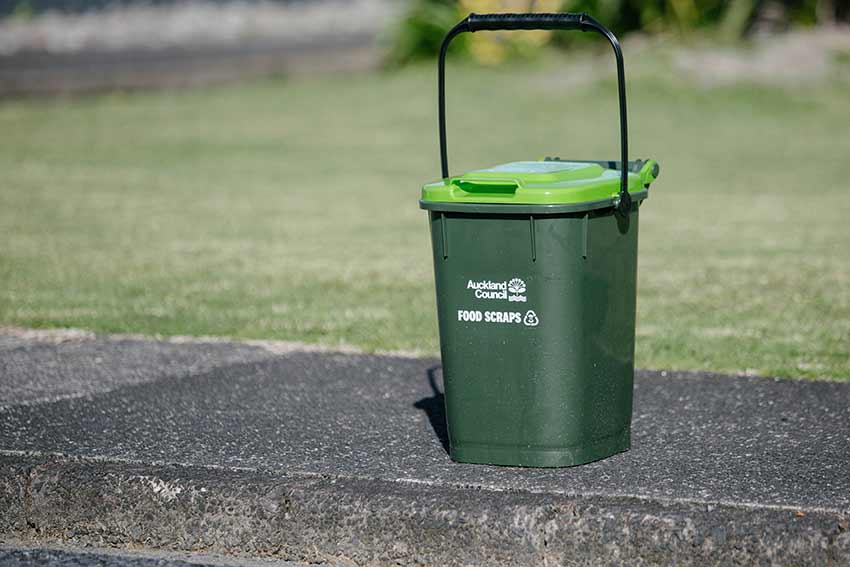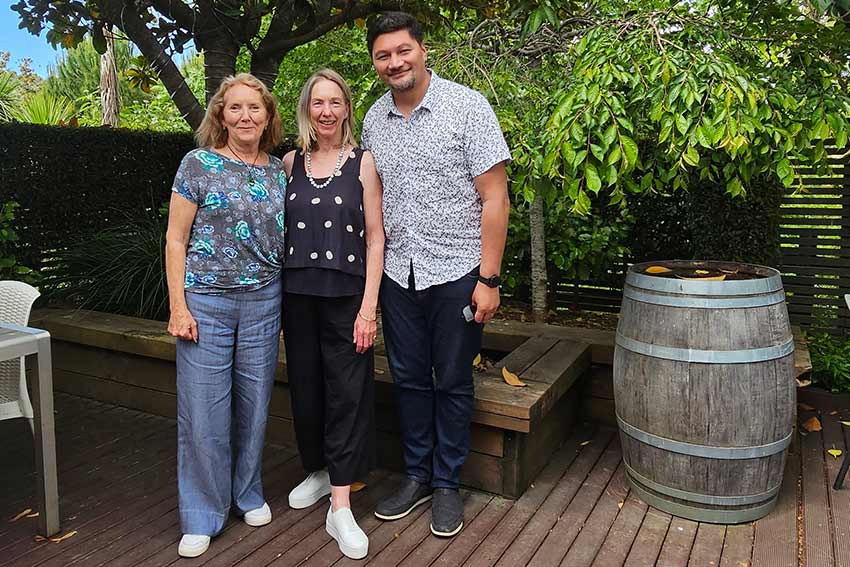A year of successes for AUT’s HFE Group

A year of successes for AUT’s Human Factors and Ergonomics (HFE) Group has been capped with Dr Fiona Trevelyan and Liz Ashby being awarded the International Ergonomics Association (IEA)/Tsinghua Award, honouring their “significant and outstanding contribution” to post-graduate education.
Senior Lecturer Fiona and Lecturer Liz have been invited to the IEA Congress in 2024 in Jeju, Korea, to receive it and to be recognised by their peers.
The Award follows on from international accreditation of AUT’s post-graduate HFE programme at the beginning of 2023.“
It’s an honour to receive the award with Liz,” says Dr Trevelyan. “It’s recognition of the hard work that was put into designing the programme and which culminated in its accreditation by the UK Chartered Institute of Ergonomics & Human Factors (CIEHF) earlier in the year.”
Work on the programme began in 2020 as part of the WorkSafe/ Health and Safety Association of New Zealand (HASANZ) Workforce Development Project and has involved significant collaboration with members of the Human Factors and Ergonomics Society of NZ and academics across five NZ universities that offer a component of HFE in their courses.
Meanwhile, the HFE have also played a part in the small green bins being deposited around the city by Auckland Council to collect food scraps, ushering in a new era of reducing waste going to landfill, thanks to Professor Mark Boocock and the team.
The team was enlisted by the Council to provide ergonomic recommendations for the design of the bins and minimise the risk of injury to those collecting the bins, says Professor Boocock.
As part of the research, existing trials of food-waste collection systems were evaluated to identify potential hazards and risks to employees.
“We sought to identify key criteria to minimise the health and safety risks to employees, taking into consideration their working practices, and the necessary design features of the waste bin and the waste collection vehicle” says Professor Boocock.
“A series of user trials were implemented to optimise the design, while discussions with product designers established manufacturing and design constraints, and the likely cost-benefits for the proposed designs.”
That resulted in pre-dawn wakeups, with the team following rubbish trucks around the city to ensure the best available data for their concept design.
“Despite the early starts, talking with employees and watching them work was crucial for informing the bin’s design. It helped identify key design features, from the handles through to material aspects of its construction,” he says.“
From there we developed prototypes that were evaluated by workers while performing the job.” While the collaboration between AUT and the council took years to come to fruition, Professor Boocock is delighted to finally see the team’s work around the city.
He also says it’s a great example of how working together can achieve the best results, combining the expertise of service providers, potential users, health and safety advisors, engineers, product designers and ergonomists.“
Such an integrated approach to planning and delivery of a work system is rarely seen.”